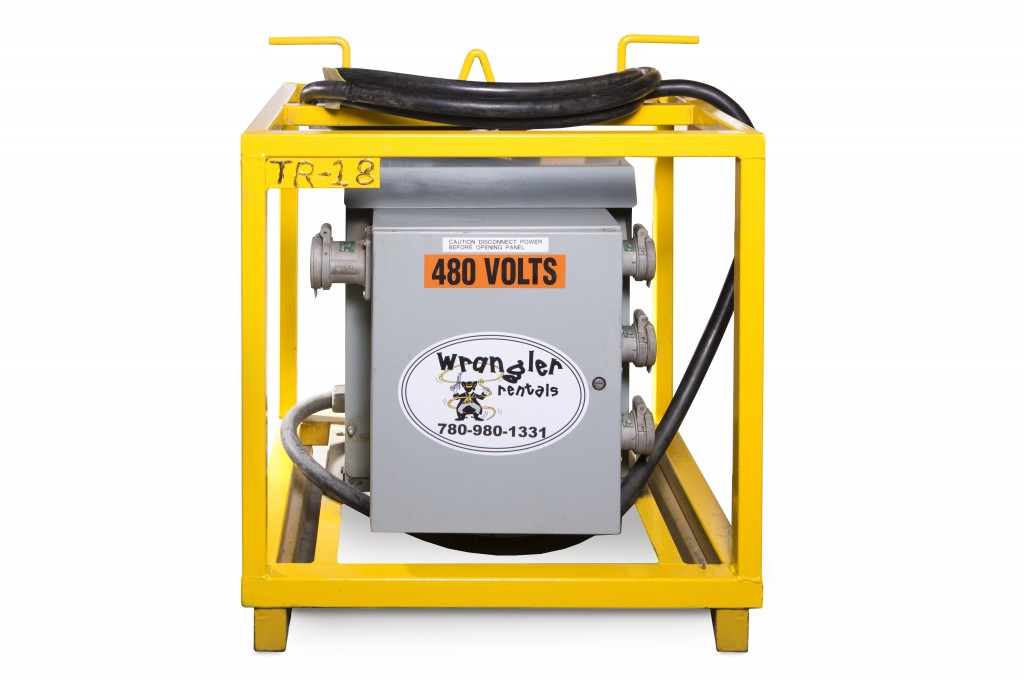How Superior Oilfield Rentals oilfield enhances safety on-site
Wiki Article
Everything About Oil Field Equipment and Pipeline Equipment: Key Insights and Important Details
Oil field equipment and pipeline systems play a crucial role in the oil and gas sector. They are necessary for the reliable removal and transportation of hydrocarbons. Key elements, such as drilling rigs and storage containers, directly influence functional success. Meanwhile, advancements in modern technology pledge to improve safety and performance. Recognizing these elements is crucial for anyone involved in or interested in this intricate sector, as it establishes the stage for much deeper expedition of industry practices.
Overview of Oil Field Equipment
As the need for oil proceeds to expand, recognizing the tools utilized in oil areas comes to be increasingly necessary. Oil field equipment includes a vast array of equipment and devices vital for exploration, extraction, and processing. Key elements consist of drilling rigs, which are vital for reaching oil storage tanks, and production devices, such as separators and pumps, that promote the extraction process. Superior Rentals reviews. Additionally, storage containers play a considerable function in holding crude oil before transport. Security devices, consisting of blowout preventers and stress evaluates, ensures functional safety and security and performance. Each tool features cohesively to maximize manufacturing and maintain efficient operations. Familiarity with this equipment is very important for specialists in the sector to ensure effective procedures and adherence to security standardsKinds Of Drilling Rigs and Their Applications
Drilling rigs work as the foundation of oil extraction operations, with various kinds designed for specific geological conditions and functional demands. The most typical kinds consist of rotary drilling rigs, which use a rotating drill little bit to pass through the earth, and wire device rigs, known for their percussion drilling technique. For overseas procedures, jack-up rigs and semi-submersible rigs give security and support in aquatic environments. Furthermore, directional drilling rigs allow drivers to drill at angles, getting to down payments that are not vertically available. Each rig type has unique advantages, optimizing effectiveness and safety and security based on the drilling setting. Picking the ideal gear is necessary for making the most of source removal while lessening ecological impact and functional costs.
Necessary Pipeline Equipment and Their Functions
Pipeline infrastructure is necessary for the transport of oil and gas from extraction sites to refining facilities and end-users. Different necessary tools components facilitate this process. Pipelines themselves work as the key channels, made to endure high stress and harsh compounds. Pump stations are essential for preserving flow by enhancing pressure along the pipeline. Valves play an essential role in controlling circulation and isolating areas for upkeep. Additionally, installations and adapters guarantee secure joints in between pipeline areas. Keeping an eye on systems, consisting of flow meters and pressure sensors, are vital for detecting leaks and enhancing circulation rates. Finally, pigging equipment is used for upkeep and cleansing, securing pipeline stability and effectiveness. Together, these elements create the backbone of a dependable pipeline system.Innovations and Technologies in Oil and Gas Equipment

Security and Maintenance Practices in the Oil Industry
While the oil sector has made considerable strides in technology and effectiveness, the importance of durable security and maintenance methods can not be overstated. Reliable safety and security methods are vital to safeguard employees and the atmosphere, minimizing the danger of accidents and spills. Normal evaluations and upkeep of equipment aid determine prospective issues prior to they rise, guaranteeing functional honesty. Educating programs for employees are crucial, highlighting the significance of safety understanding and emergency response treatments. Additionally, adherence to industry policies and criteria cultivates a society of security. Applying innovative tracking modern technologies can even more enhance maintenance techniques, enabling real-time assessments of equipment problems. Inevitably, focusing on security and maintenance is important to the sustainability and success of the oil market.Often Asked Questions
What Are the Ecological Influences of Oil Field Equipment?
The environmental impacts of oil field equipment include environment destruction, water contamination, and air contamination (Superior Oilfield Rentals oilfield). Furthermore, equipment breakdown can bring about spills, negatively influencing wild animals and environments, highlighting the demand for rigorous laws and surveillance
How Is Oil Field Equipment Carried to Remote Locations?
Transporting oil field equipment to remote locations typically includes customized vehicles, helicopters, or barges. Logistics firms coordinate courses, making certain equipment gets here safely and efficiently, taking into consideration surface and access to reduce hold-ups and take full advantage of performance.What Regulative Criteria Govern Oil Field Equipment?
Regulative criteria governing oil field equipment mainly include safety and security, environmental management, and operational effectiveness guidelines. Agencies such as OSHA and EPA implement these regulations to assure secure techniques and minimize ecological influence in oil removal procedures.What Skills Are Required to Run Oil Area Equipment?

Just How Do Oil Costs Impact Equipment Demand and Usage?
Oil costs substantially influence equipment demand and use. Greater prices commonly result in raised exploration and production activities, driving demand for equipment. Conversely, lower costs might lead to minimized operations and reduced demand for devices.Report this wiki page